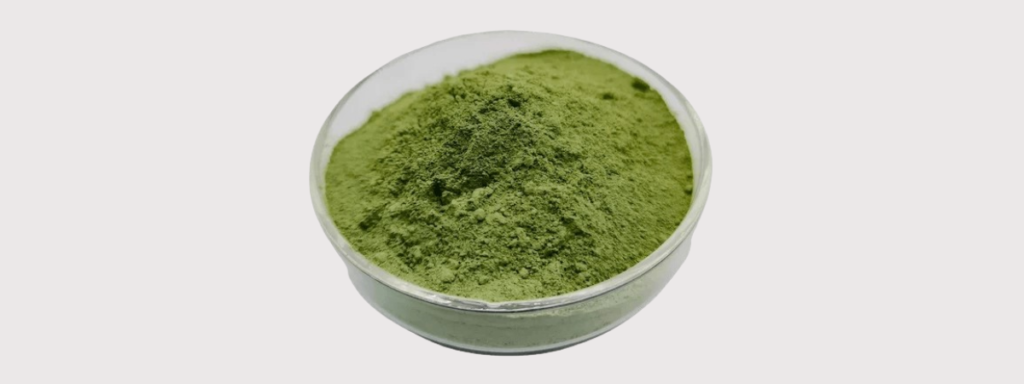
Ammonium ferric citrate green is a chemical compound renowned for its vibrant green color. Comprising ferric ions, ammonium ions, and citrate ions, this complex salt is prominently used in alternative photographic processes, particularly in cyanotype printing. Its distinct hue contributes to the characteristic tonality of cyanotype prints. With water solubility, it offers versatility in formulations, extending its applications to analytical chemistry and other scientific disciplines. The compound’s vivid green appearance makes it a valuable component in various contexts, combining both practical and aesthetic attributes.
Composition
Ammonium ferric citrate green is a chemical compound with the formula (NH₄)₃Fe(C₆H₅O₇)₂·xH₂O. This complex salt is characterized by its unique combination of ammonium ions, ferric ions (iron in the +3 oxidation state), citrate ions, and a variable number of water molecules as hydrates. The compound may exist in different hydrated forms, denoted by xH₂O.
Advantages
- Photosensitivity: Ammonium ferric citrate green is highly sensitive to ultraviolet (UV) light, making it ideal for light-sensitive applications like cyanotype printing.
- Vivid Coloration: The green color of the compound provides a visually distinctive characteristic, contributing to the unique aesthetics of cyanotype prints.
- Ease of Use: Its water solubility allows for easy preparation of solutions, making it convenient to work with in photographic processes.
- Versatility: Ammonium ferric citrate green can be utilized in various alternative photographic techniques, allowing for creative exploration and experimentation.
- Cost-Effectiveness: As a commonly used chemical in alternative photography, ferric ammonium citrate green is relatively affordable, contributing to its widespread use.
- Stability: The compound exhibits stability in solution, allowing for consistent and predictable results in the cyanotype process.
- Compatibility with Other Chemicals: Ammonium ferric citrate green can be combined with other chemicals in the cyanotype process, providing flexibility for artists and photographers to achieve desired effects.
- Environmental Impact: Compared to some alternative photographic processes, cyanotype printing using ferric ammonium citrate is often considered environmentally friendly, as it doesn’t involve toxic chemicals.
Storage Conditions
Keep in a closely tight HDPE Drum. Store in a cool, dry, ventilated area. Protect again physical damage.
Handling Conditions
Avoid direct contact with skin, eye and cloth. Avoid ingestion and inhalation.
Packaging Details
25 KG HDPE Drum with Inner Polyliner
General Specifications
| Sr No. | Parameter | Specification | Results |
| 1 | Description | A Green Powder with granules, odourless, deliquescent in moist air, affected by light | A Green Powder with granules, odourless, deliquescent in moist air, affected by light |
| 2 | Solubility | Soluble in water | Complies |
| 3 | Identification | Positive for Iron, Ammonia and Citrates | Complies |
| 4 | Arsenic | Not more than 4 ppm | < 4 ppm |
| 5 | Lead | Not more than 30 ppm | < 30 ppm |
| 6 | Zinc | Not more than 50 ppm | < 50 ppm |
| 7 | Ferric Free Compounds | NIL | Complies |
| 8 | Chloride | Not more than 0.25% | < 0.25% |
| 9 | Sulphate | Not more than 0.3% | < 0.3% |
| 10 | Assay | 14.5%-16.0% w/w | 14.67% |
Notes: * For more detailed specification and technical data please Contact Us.